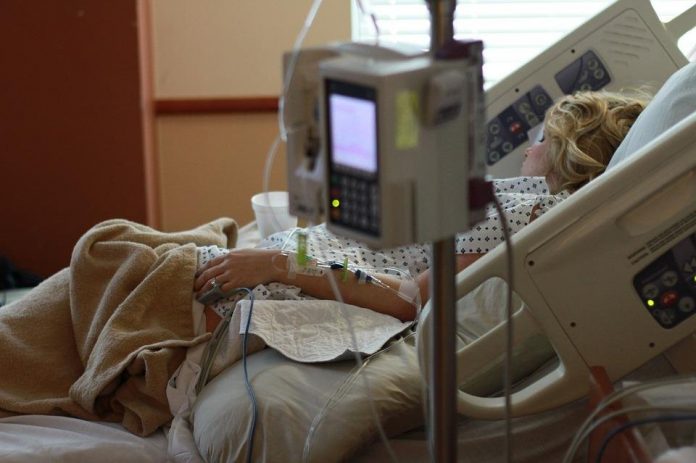For mothers and their babies delivered by forceps or vacuum, trauma after these procedures is higher than previously reported in Canada, with 1 in 4 deliveries affected in the case of forceps, reports a new study in CMAJ.
The authors call for a reassessment of the safety of these birthing practices.
Operative vaginal delivery (OVD) refers to using forceps or vacuum in the second stage of labour if labour is stalled, if there is a risk to the fetus or to avoid pushing in people with certain health conditions. In recent years, forceps and vacuum deliveries have accounted for about 10% to 15% of all deliveries in Canada, Australia and the United Kingdom, based on guidelines that recommend operative deliveries when performed by trained health care professionals.
“[T]he risk associated with OVD is heavily dependent on the health provider’s expertise, and the declining use of OVD (in favour of cesarean delivery) has reduced opportunities for acquiring proficiency in performing these deliveries, especially with forceps,” writes lead author Dr. Giulia Muraca, a perinatal epidemiologist and assistant professor in the Departments of Obstetrics and Gynecology and of Health Research Methods, Evidence, and Impact at McMaster University, Hamilton, Ontario, with coauthors from the University of British Columbia and other university-based researchers.
The large study included more than 1.3 million singleton, term deliveries in Canada (excluding Quebec) between April 2013 and March 2019. Of the total, 38 500 (2.9%) were attempted forceps deliveries and 110 987 (8.4%) were attempted vacuum deliveries. Researchers found that maternal trauma, such as severe perineal tears, occurred in more than 1 in 4 forceps deliveries (25.3%) and in 13.2% of vacuum deliveries. Severe neonatal trauma occurred in just under 1% of both forceps and vacuum deliveries (9.6 per 1000 live births). These injuries can cause long-term consequences, such as incontinence and impaired sexual health in mothers, and nerve damage and brain injury in babies.
“In our study, rates of maternal trauma following OVD were high among all levels of obstetric care,” write the authors. High rates of maternal trauma were found irrespective of province or territory, level of obstetric care or hospital delivery volume.
A detailed report of findings among individual hospitals in Canada is also to be published January 10 by the authors and the Team for Improving Perinatal Health Care Regionalization funded by the Canadian Institutes of Health Research.
“These high rates call for a reassessment of the safety of OVD, not just in Canada, but in all settings where the rates of OVD and the opportunities for training in OVD are changing. Although OVDs may be associated with low rates of morbidity in carefully selected circumstances, the high rates of trauma following forceps and vacuum deliveries, documented across regions, levels of obstetric care and hospitals, show that such ideal conditions do not apply to obstetric practice in Canada,” they conclude.








